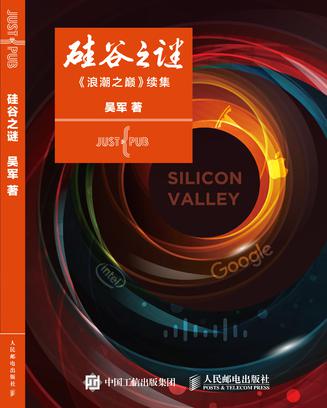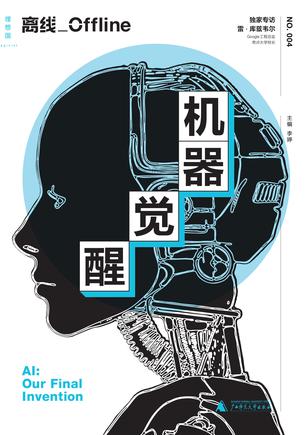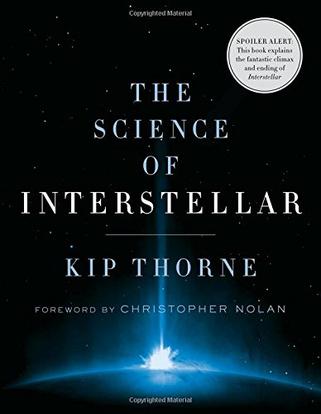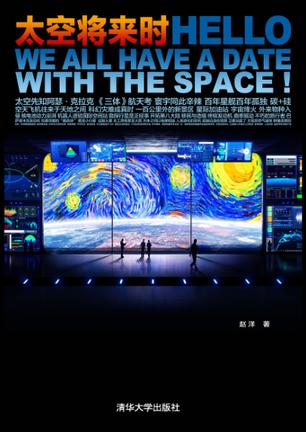-

The Idea Factory
A sweeping, atmospheric history of Bell Labs that highlights its unparalleled role as an incubator of innovation and birthplace of the century's most influential technologies. Bell Laboratories, which thrived from the 1920s to the 1980s, was the most innovative and productive institution of the twentieth century. Long before America's brightest scientific minds began migrating west to Silicon Valley, they flocked to this sylvan campus in the New Jersey suburbs built and funded by AT&T. At its peak, Bell Labs employed nearly fifteen thousand people, twelve hundred of whom had PhDs. Thirteen would go on to win Nobel prizes. It was a citadel of science and scholarship as well as a hotbed of creative thinking. It was, in effect, a factory of ideas whose workings have remained largely hidden until now. "New York Times Magazine" writer Jon Gertner unveils the unique magic of Bell Labs through the eyes and actions of its scientists. These ingenious, often eccentric men would become revolutionaries, and sometimes legends, whether for inventing radio astronomy in their spare time (and on the company's dime), riding unicycles through the corridors, or pioneering the principles that propel today's technology. In these pages, we learn how radar came to be, and lasers, transistors, satellites, mobile phones, and much more. Even more important, Gertner reveals the forces that set off this explosion of creativity. Bell Labs combined the best aspects of the academic and corporate worlds, hiring the brightest and usually the youngest minds, creating a culture and even an architecture that forced employees in different fields to work together, in virtually complete intellectual freedom, with little pressure to create moneymaking innovations. In Gertner's portrait, we come to understand why both researchers and business leaders look to Bell Labs as a model and long to incorporate its magic into their own work. Written with a novelist's gift for pacing and an ability to convey the thrill of innovation, "The Idea Factory" yields a revelatory take on the business of invention. What are the principles of innovation? How do new technology and new ideas begin? Are some environments more favorable than others? How should they be structured, and how should they be governed? Can strokes of genius be accelerated, replicated, standardized? The history of Bell Labs provides crucial answers that can and should be applied today by anyone who wants to understand where good ideas come from. -

硅谷之谜
这是一本颠覆人们对信息时代的认识、对创新和创业的理解的好书。作者吴军通过介绍硅谷成功的秘诀,揭示了信息时代的特点和方法论。 近年来,吴军从技术和管理人员变成了投资人,他对IT领域,尤其是对科技创新因而有了更深入的了解。他根据这些年在硅谷所获得的第一手资料,结合自己的思考,回答了长期以来令大家深感困惑的一个不解之谜,那就是—为什么硅谷在全世界其他地区难以复制? 《硅谷之谜》从某种意义上讲是《浪潮之巅》的续集或姊妹篇。在《硅谷之谜》中,吴军站在一个更高的层次,仔细分析了硅谷的起源和发展,对硅谷的创新力进行了深刻剖析,把硅谷的经验提升到了理论高度,并且解释了为什么只有硅谷真正做到了宽容叛逆、宽容失败、多元文化和拒绝平庸。这些特点造就了硅谷几十年的长盛不衰。 本书有助于中国的科技工作者、创业者、风险投资人以及政府相关部门的管理者深入研究、学习硅谷,也非常适合对科技创新与创业感兴趣的人士阅读参考。 -

我们如何来到现在
一个从科网泡沫中赚钱却又全身而退的传奇人物,告诉你科技与资本的互动之路。 只有创新的技术,却没有资金支持,只能贡献泡沫; 空有资金,却没有技术可供投资,我们会原地踏步; 既有资金又有技术,但找不到持续赢利的商业模式,我们就不会走到现在。 一切还得从工业革命说起,因为从那时候起,我们就踏上了来到今日世界的旅程。 本书以作者的独特视角出发,回顾了计算机和资本市场的发展史展示。书中介绍了工业革命的产生,早期资本市场的发展,计算机的发明和现代资本市场的运作。读者可以从中了解到工业革命对英国乃至世界的影响,军事对计算机的影响和推动,保险和股票的产生,金本位制度,知识产权保护,交流电和直流电的竞赛,科学家和企业家们在计算机技术和工业革命中的表现等等。全书条理清晰,人物形象丰满而又贴近生活,语言半正式化却又一针见血,即提供了知识,又避免了无趣的历史教科书式的罗列头衔。适合于广大计算机爱好者和金融爱好者,也适合于普通读者。 -

离线·机器觉醒
当机器智能超越了人类智能的时候会发生什么?机器会取代人类、 灭绝人类,还是漠视人类,就像人类现在对待其他非人物种那样?超人工智能有可能帮助人类获得永生,也有一百万种方法可以毁灭人类。面对终将到来的机器觉醒,人类何去何从? 本期专题部分,我们专访了奇点大学校长库兹韦尔与百度首席科学家吴恩达,从研究角度探讨人工智能的未来。我们也邀请了六位中国互联网创业者,分享他们对未来的幻想。我们每天接触的社交网络、线上服务系统和数码设备突然间都觉醒,具备了超级智能,会是一番怎样的景象? 除此之外,“遗产”重访了“超文本之父”的“上都计划”,在移动互联网时代重新挖掘超文本的意义。“未来”将带我们认识组装生命分子的年轻人。“工具”则潜入沉船,探寻一次技术潜水活动所需的全部工具。“写作”里,NASA研究员,“雨果”、“星云”、“轨迹”三奖得主在南极建造起了一座酒店。而在最后的“缓读”,将带你感受跑步和攀岩的技艺和哲学。 -

The Science of Interstellar
A journey through the otherworldly science behind Christopher Nolan’s highly anticipated film, Interstellar, from executive producer and theoretical physicist Kip Thorne. Interstellar, from acclaimed filmmaker Christopher Nolan, takes us on a fantastic voyage far beyond our solar system. Yet in The Science of Interstellar, Kip Thorne, the physicist who assisted Nolan on the scientific aspects of Interstellar, shows us that the movie’s jaw-dropping events and stunning, never-before-attempted visuals are grounded in real science. Thorne shares his experiences working as the science adviser on the film and then moves on to the science itself. In chapters on wormholes, black holes, interstellar travel, and much more, Thorne’s scientific insights—many of them triggered during the actual scripting and shooting of Interstellar—describe the physical laws that govern our universe and the truly astounding phenomena that those laws make possible. Interstellar and all related characters and elements are trademarks of and © Warner Bros. Entertainment Inc. (s14). -

太空将来时
以对技术的精湛预言著称的阿瑟·克拉克在科幻小说中曾经描写过美苏联手开发木星的盛景,遗憾的是,这位大预言因无法落实预算而落空。2010已然到来,人类拥有了核动力电池、纳米机器人、生物材料以及无数如梦似幻的技术,却不再如半个世纪前那样高歌猛进地进行太空探索。一切看似平静,也有波澜暗中涌动,从前只有超级大国才具备把人送出100千米高的卡门线并安全返回的能力,而现在这一禁囿不但被新兴强国窥视,还成为了私营企业的淘金乐园。新的商业化格局正在出现。2030年之后太空或许还将出现月球移民区、星际加油站、近地轨道景区等空间站形态,摆在我们面前的是一个火星、小行星与彗星探测逐步开展、太空旅游和太空殉葬方兴未艾的未来。